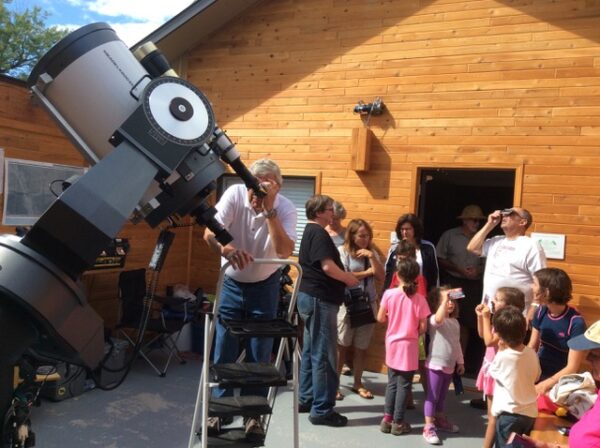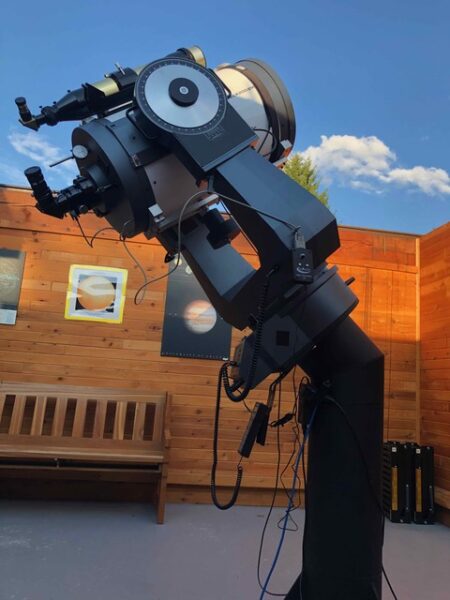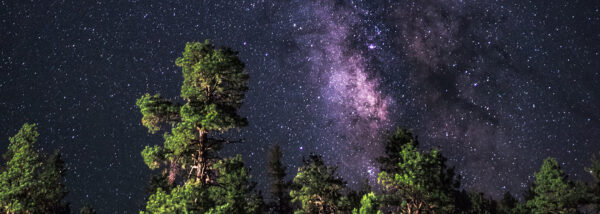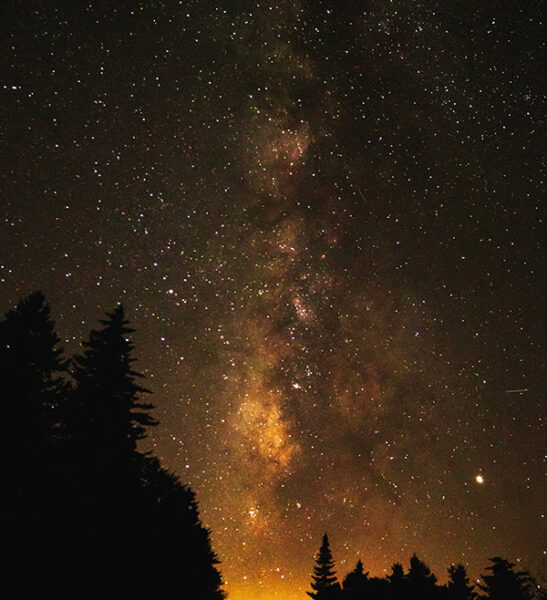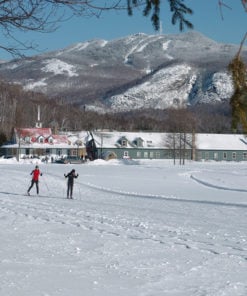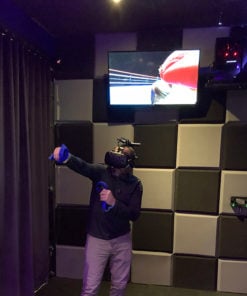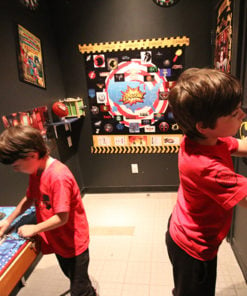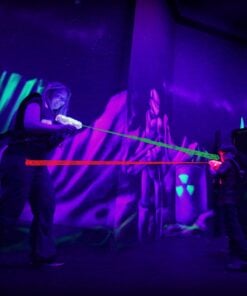Mont-Tremblant’s dark skies are the perfect setting for our Astronomy and stargazing evening. It is one of the many fun and educational outdoor activities that we offer and it is perfect for the whole family!
The evening starts at dusk with a presentation of our place in the universe projected onto the dome ceiling of our Mont-Tremblant Astronomy Pavilion. Then, when the sky gets dark and if the night is clear, our presenter will open the retractable roof for guided observation and even photos of the objects in the night sky, using the second largest publicly accessible telescope in Quebec. If the skies are cloudy the roof will stay closed and the night sky will be projected on the dome ceiling for a presentation about the birth and history of the Cosmos (themes may vary).
Monthly events: stars and planets
September events
Saturn – The lord of the rings. The gas giant with its fantastic rings and 81 moons is one of the most spectacular objects in the sky and will be visible in the September night sky. Join us to learn more about this world, so different from ours.
October events
Jupiter – The queen of the solar system: By itself, Jupiter has the same weight as the other 7 planets combined. It shows colorful cloud bands, huge storms that could contain twice the whole of earth and 79 moons. We will explore this system based on all the last discoveries and later take a look at it (and 4 of its biggest moons) in our 400mm telescope.
December events
Mars – The red planet and its visitors that came from earth. Early in the 1960’s, satellites, landers and rovers have been sent on missions to Mars to gather information to prepare for human exploration. According to the data currently retrieved, the first steps on Mars could be around 2029’s.
January events
Asteroids that impacted Earth – Throughout history, Earth has constantly been bombarded by asteroids of all shapes and sizes. Though most are small and harmless, sometimes some have catastrophic results. Every day, new technological advancements are discovered to protect us from potential impacts.
February events
Star nurseries – In many areas of the sky, there are huge quantities of hydrogen gas left over from the Big Bang. These clouds of gas, called nebulas, are the building blocks for the creation of new stars. We will visit a few of these nebulas and in particular talk of the famous Orion nebula that we will later observe with binoculars and our telescope.
March events
Black holes – These mysterious objects that absorb everything in their neighborhood but remain impossible to see, can be found in many areas of the universe. Stelar black holes resulting from the death of certain stars are distributed everywhere. “Super massive” black holes, often billions of times the mass of our sun, are generally in the center of the galaxies. Come learn more about these space ogres.
Know before you book:
- Minimum 4 participants
- Maximum 20 participants.
- Saturday presentation is in French only. Choose Friday for an English presentation.
Know before you go:
- Please dress appropriately according to the weather. Ask if you are unsure or see our What to wear section.
- Mosquito repellent recommended depending on the season.
Additional information :
- Our base is a 10-minute drive from Tremblant Resort to Domaine St-Bernard. We are situated less than a 2-hour drive from Montreal and Ottawa.
- Duration: Approximately 2 hours.
- Possibility to reserve a group of 20 and more (on demand).
- For guests who choose to reserve in advance (recommended), directions to meeting points will be provided in your reservation by email. Otherwise, directions will be handed to you when you reserve at The Activity Centre.
- Prices do not include taxes or mandatory resort royalty of 3% and may be subject to change without notice.


